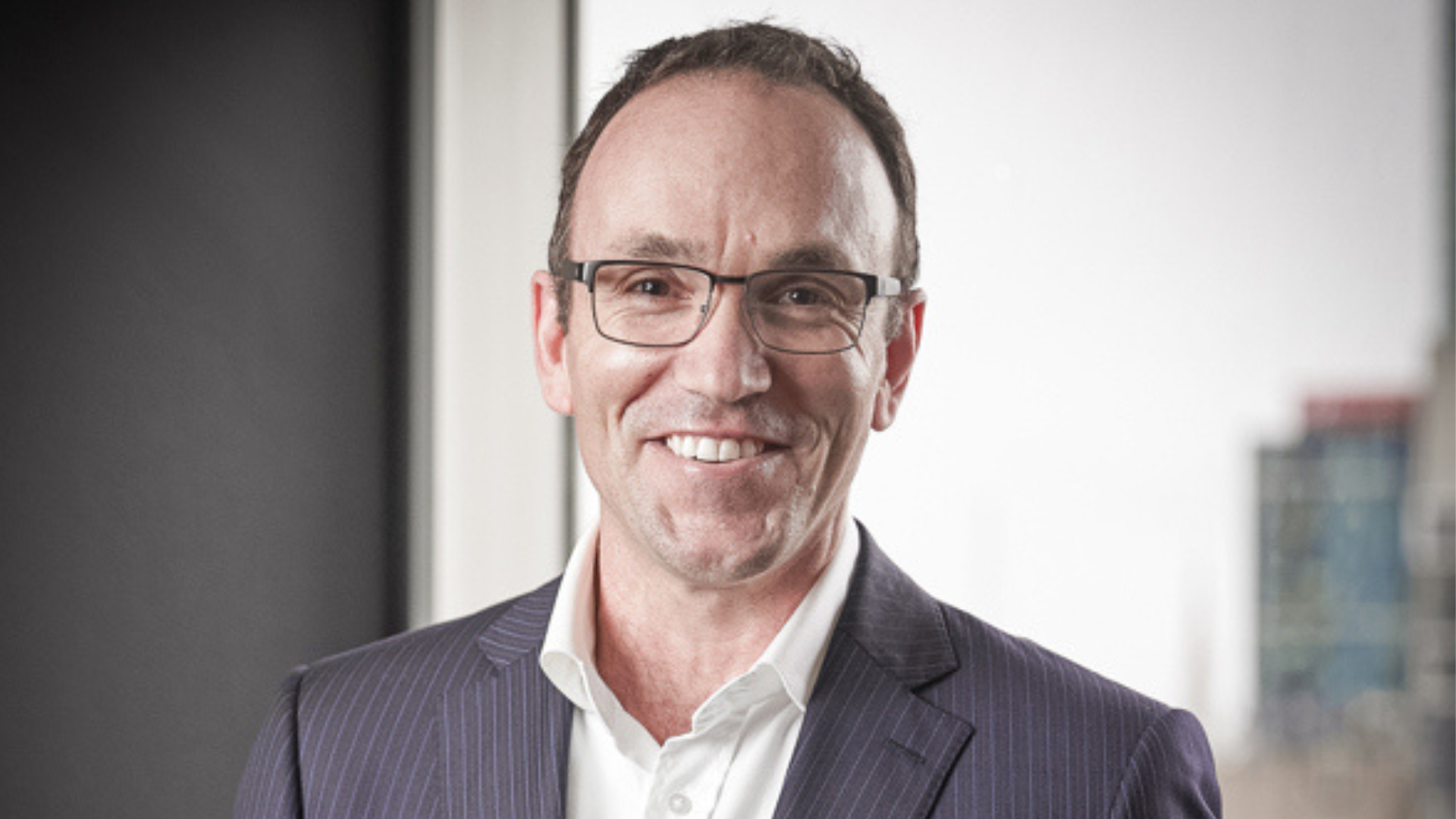Disruption is here but there’s no need to panic
Comment by Greg Bright
Disruption in financial services from new technologies and new – and some old – participants is being talked about everywhere: in the financial media, in the general media, at industry conferences, including our own My Platform Rules, and, most importantly, in the capital-raising marketplace. But what does this really mean?
Is it really the end of the platforms world which we have known since ‘Sealcorp Envy’ swept the industry in the 1990s after St George Bank bought the company and its trend-setting Asgard platform? Is it really the panacea for quality institutional-grade fund managers to reach the increasingly important audience of SMSFs at a fraction of the cost? Is it really going to revolutionise the advice industry?
Ashley Porter, the founder of Mclowd, which will provide free fund administration for SMSFs and various add-ons (to pay for the free administration) told the audience of super funds, fund managers, platform executives, dealer group heads, consultants, advisors and custodians at the first My Platform Rules conference in February: “You guys are toast.” Are they really?
Connie McKeage, the chief executive of OneVue, which is aiding some of the disruptors such as News Corp’s Brightday direct investing service, was a little gentler at the same conference, but not much. She suggested most of the audience members were too old to understand how the next wave of the industry’s clients wanted to make decisions and invest.
OneVue, of course, has a foot in both camps. It has the largest independent retail unity registry, with fund managers as clients, provides various admin services to managers and dealer groups, such as outsourced RE, and owns a fund management business, Select Asset Management.
And this is the point: the changes afoot have been well documented and established industry participants are already adapting in ways that, say, the music industry or the newspaper and magazine industry, did not.
Last week, one of the disruptors, the listed Spring FG Ltd, more than doubled its reach among potential investors and its investor education services customers with the acquisition of the privately held Digifi Group. Spring said this would help it roll out a range of digital wealth management services and take it into the field of robo-advice.
Also last week, Cuffelinks published a well-researched and well-argued article by Giulio Russo, the general manager at Madison Financial Group, in which he says we are likely to see a “digital tsunami”.
Russo argues there are six main developments which may converge as game-changers in many industries, including financial services. They are: connectivity and mobile devices; power, storage and bandwidth; artificial intelligence and robotics; social media; globalization; and, big data.
Ian Knox, the founder of dealer services firm Paragem, which is now a part of the listed Hub24 group, itself a disruptor, believes that the changes are inevitable but they will take a lot longer than many people, such as Russo, are suggesting. They will not happen tomorrow. Knox thinks 10 years is a better bet. And Paragem has tended to attract the more independently minded planning practices which don’t have a vested interest in supporting legacy systems.
I have been getting the feeling that the current fintech environment is reminiscent of about 1999 and the tech bubble. That bubble burst around Easter the following year and caused a slump in the broad market in the US, as well as the Nasdaq. It probably took another 10 years for the sorts of developments which people took big bets on in 1999 to actually play out generally in the marketplace. In the meantime there were some winners and many more losers.
I asked a visiting US venture capitalist a couple of months ago whether there was a bubble in fintech, given the apparent ease with which some start-ups there, and in Australia, were raising capital and doing IPOs. He felt that the heat was going out of the market and that there would be a relatively orderly evolution of fintech businesses, including amalgamations.
Showing a good knowledge of Australia, he added, that the biggest disruptor here in the past 10 years has been the rapid growth of direct investing through SMSFs. He said that Australia had been for a long time a market which was much more dominated by the big platform providers than the US. The rise of SMSFs had already put them on notice to do something differently, before it was apparent that technology would help this trend along.
A consensus is emerging that where there is genuine value add in the investment chain, such as with quality advice and skilled funds management, existing players don’t have much to worry about.
Take robo-advice, for instance. The consensus seems to be that, generally speaking, the users are unlikely to have been candidates of higher-cost personal advice from someone who knows the client’s position well. They are probably dipping their toe in the water of member-directed investment choice, balking at paying fees, untrusting of advisors or they are already savvy and are using the services to augment their other sources of advice, such as accountants. Or a mixture of the above.
And one should never underestimate the adaptability of big financial services firms and the power of their brands. They are not doing nothing about disruption. BT’s new wrap platform, for instance, will offer SMA capabilities in due course.
People like to use the Uber example as a massive disruptor for the taxi industry. That is certainly true and, amazingly, Uber is still illegal in most jurisdictions. In the US, Uber faces a challenge from Lyft, in which well-known activist investor Carl Icahn invested US$100 million, it was announced last week. Lyft does pretty much the same as Uber but targets a younger customer base and offers cheaper “ride-sharing” as well.
In China, the diversified internet company Tencent introduced an app for taxi drivers, who are highly regulated in the major cities but not so much elsewhere, which provides exactly the same service (except the cars are not as good) as Uber. In the financial district of Beijing, for instance, you can stand on any corner. Tap your app which shoots your position to all taxis in the area, you type in your destination and the taxis bid for the job (not on price, because this is regulated). You pick the nearest driver and speak with him or her on the phone to confirm the job. I have seen it take less than a minute. Almost all taxis in Beijing’s CBD use the Tencent service.









